Film Name: 毕正明的证明 / The Return of The Lame Hero
After watching “The Return of The Lame Hero,” I’m convinced it will be the best film of this year’s National Day holiday season. It possesses a uniquely “old yet new” charm that draws you in completely.
To put it simply, this film feels like a “The Shadow’s Edge”-style take on “A World Without Thieves,” with a strong flavor of classic cop-criminal thrillers.
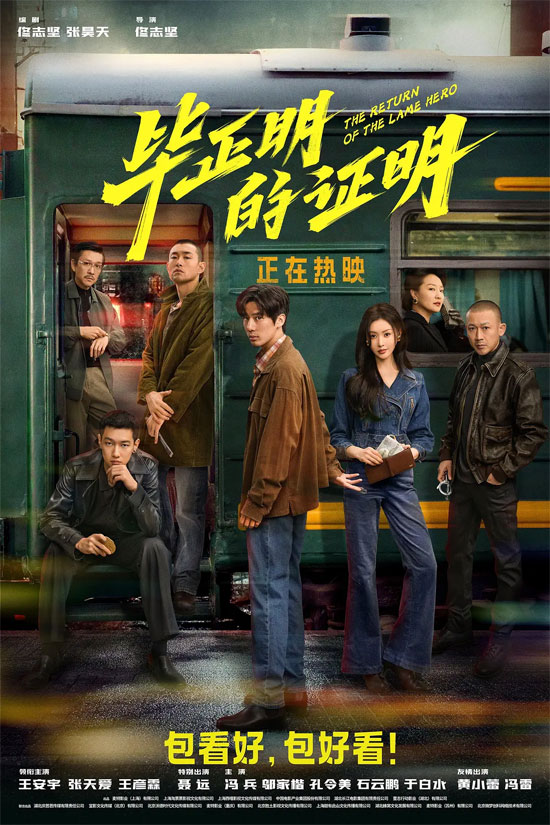
The story is simple at its core: cops chasing thieves. It showcases police prowess and righteousness, alongside the thieves’ tricks and complexities, all set against the backdrop of a specific era’s landscapes and memories… Yet these elements alone wouldn’t fully win over audiences.
Later, I realized that within the world of “The Return of The Lame Hero” lies a complete, vanished underworld.
[Friendly reminder: Spoilers ahead.]
What I find clever about The Return of the Lame Hero is its setting in the 1990s, with the central theme revolving around theft and anti-theft.
The film’s appeal lies primarily in its visually stunning and technically masterful execution: it devotes considerable screen time to showcasing how thieves employ their craftsmanship to pull off heists.
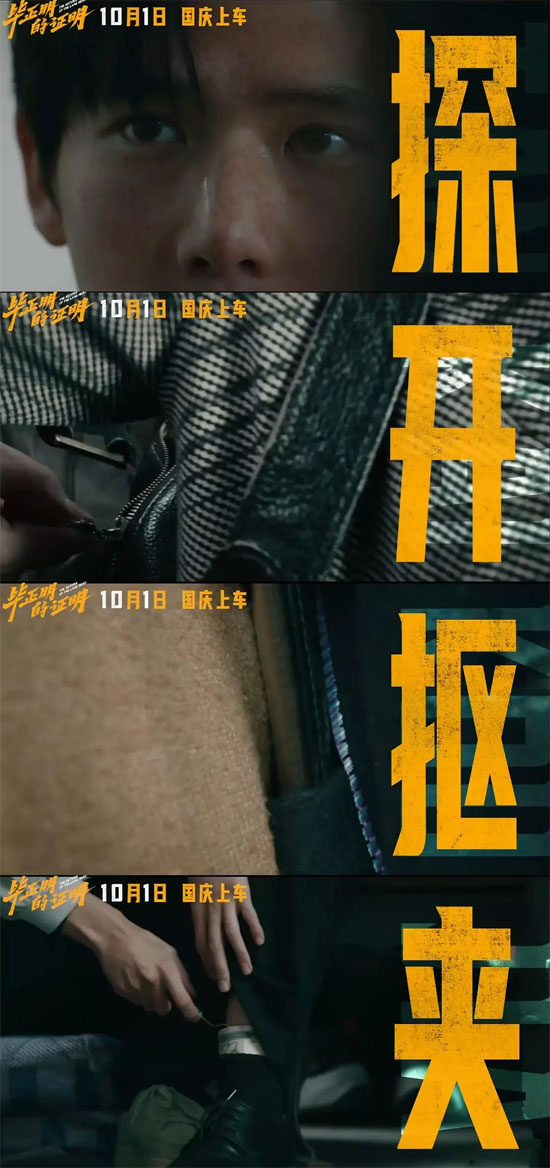
For instance, standard bag-picking techniques like “probing, prying, snatching, and pinching” can secure plenty of loot. Other methods include frantically searching pockets within a time limit, silently slipping items from bags, and swiftly swapping goods under the cover of darkness—all executed with professional precision and flashy flair.
Moreover, thanks to social progress and technological advancements (particularly railway upgrades, mobile payment adoption, and increased surveillance), such purely manual pickpocketing has largely faded into history (most have shifted to fraud schemes). Thus, younger audiences can enjoy it as spectacle, while older viewers may recall nostalgic memories of green-skin trains and travel precautions—allowing for a more relaxed viewing experience.
Against this backdrop, The Return of the Lame Hero follows a classic, traditional narrative: law enforcement versus thieves.
The protagonist, Bi Zhengming, has dreamed of becoming a police officer specializing in pickpocket prevention since childhood. Yet on his very first day on the job, his overzealous righteousness and youthful recklessness lead to disaster—a nimble thief severs his Achilles tendon, sending him crashing from the sky into the mud.

This is where the film truly begins to shine. Forced to shed his uniform, Bi Zhengming blends into the masses as a lame vagrant, infiltrating a gang of thieves to lead a double life.
The most thrilling segment of “The Return of The Lame Hero” for me was the portrayal of the Rongmen gang. It perfectly embodies the archetype of a martial arts sect found in traditional storytelling and folklore—complete with lineage, secret training grounds, strict codes, feuds, and ultimate showdowns.
The Rong Sect is a long-standing criminal organization specializing in theft, currently controlling the three vertical and five horizontal railway lines. Within the sect, eight divisions oversee different regions. With the fourth master nearing retirement, his designated successor, the young master, and his direct disciple, Hua Shou, are locked in a fierce rivalry. The upcoming “Heroes’ Assembly” will determine the future of the Rong Sect.
Relying solely on the Rong Sect, “The Return of The Lame Hero” encompasses every element of a commercial crime film.
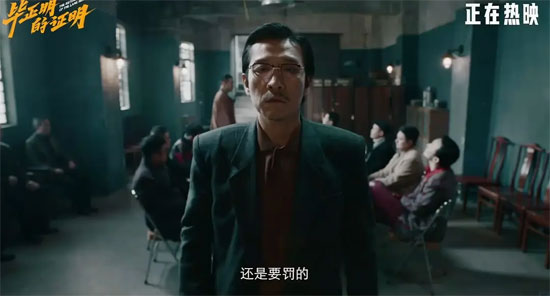
Beyond the gang’s bizarre and dazzling array of thieving techniques, their rigid hierarchy and brutal code of conduct are defining features—where rules exist, rule-breakers inevitably emerge.
The most inescapable antagonist is Hua Shou, a tragic figure: as a child, he killed a police officer and was taken under the Fourth Master’s wing for cultivation. Yet he remained merely the Rong Clan’s dirty-work enforcer, deemed unfit for the limelight. This constant yearning for recognition, perpetually met with contempt, ultimately drove him down a path of betrayal—betraying his mentor, betraying his clan, and committing murder and robbery.
If Hua Shou’s cruelty, ruthlessness, and utter disregard for boundaries signaled the Rong Clan’s impending collapse, then Da Baitao’s struggle, uncertainty, and lack of alternatives symbolized the heartbreaking, piercing despair of a thieves’ guild clinging to its last breath.
Da Baitao represented the most traditional Rongmen values. She steadfastly refused to steal from the elderly or infirm. If she encountered fellow thieves who broke this code, she would even help recover the stolen money. This “chivalrous thief spirit” became her moral anchor.
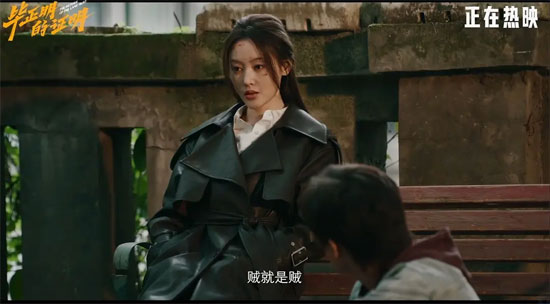
But as money grew harder to steal, fellow thieves grew more ruthless, and she found herself increasingly powerless to stop it, Big White Peach finally admitted her self-deception. There was no such thing as thieves with honor—a thief was a thief, and we were all on a ship of thieves with no way back.
Both were orphans forced into their paths. Flower Hand chose to plunge into utter darkness, growing ever more ruthless. Big White Peach chose to abandon darkness for light, burning her candle to the wick. Their fates converged in a chilling parallel: this underworld was no paradise. It deserved to perish, swept away by the tide of time.
So, returning to our protagonist Bi Zhengming—what exactly was he trying to prove?
At first, brimming with ambition and a fierce hatred for evil, he sought to prove his ideals and aspirations. Later, returning to ordinary life within the bandit gang, he aimed to demonstrate his skills and cunning. Then, after experiencing hardship and tasting life’s bitter sorrows, he sought to prove that the lines between right and wrong are not so clear-cut. Finally, having attained enlightenment in the underworld and returned to simplicity, he strives to prove the value and meaning of police officers upholding justice.
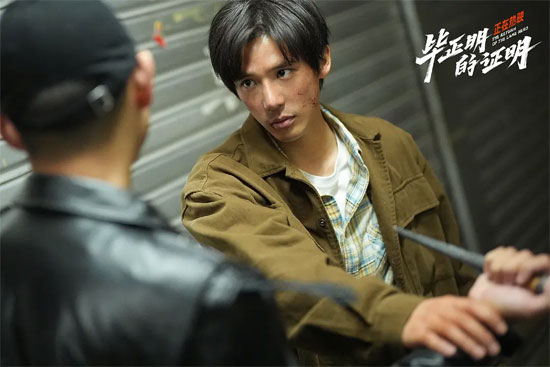
Precisely because he once lived in that underworld, Bi Zhengming understood all too well that such a world has no place in existence. It buries too much blood, tears, and tragedy. One must not only sever the filthy hands of crime but also shatter the darkness and barriers that allow those hands to reach out.
Though the film’s pacing and narrative flow aren’t ideal, its content and themes are so compelling that I would definitely recommend everyone to see it.
Please specify:Anime Phone Cases » The Return of The Lame Hero 2025 Film Review: There’s a whole world within.